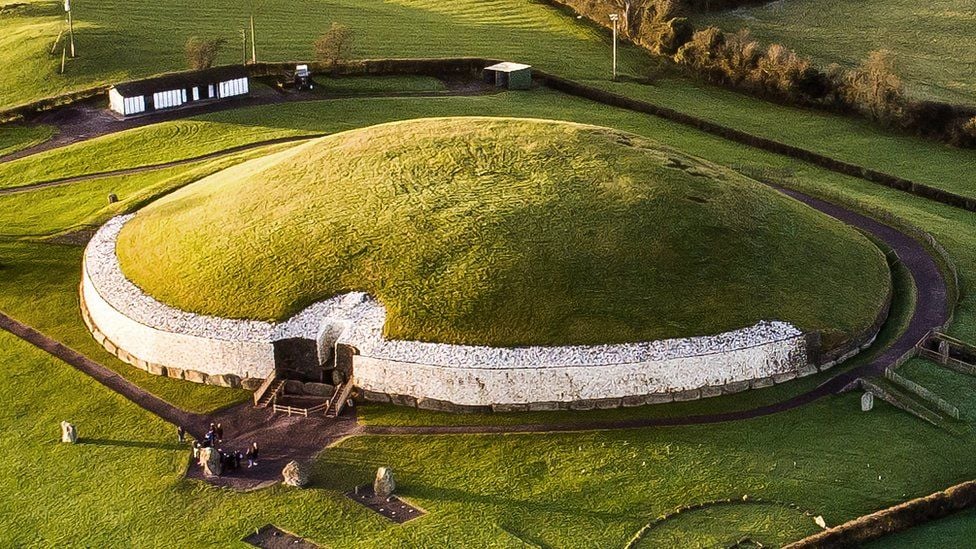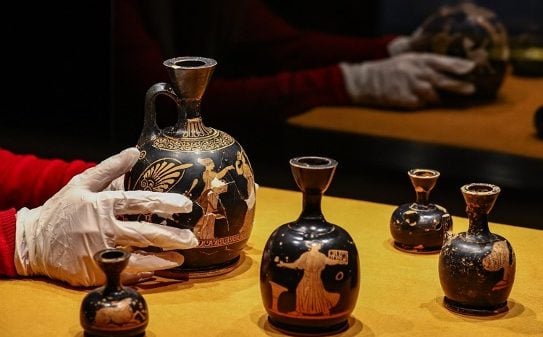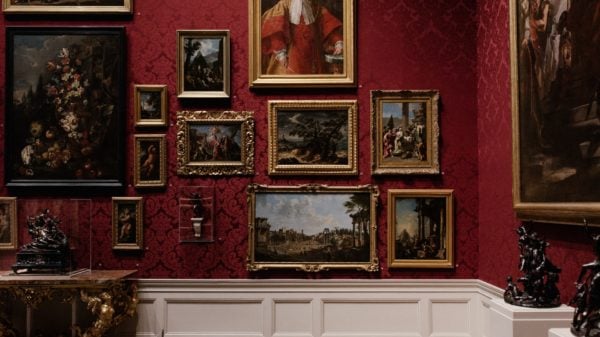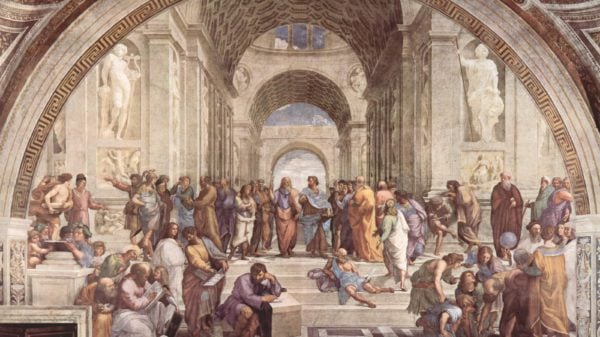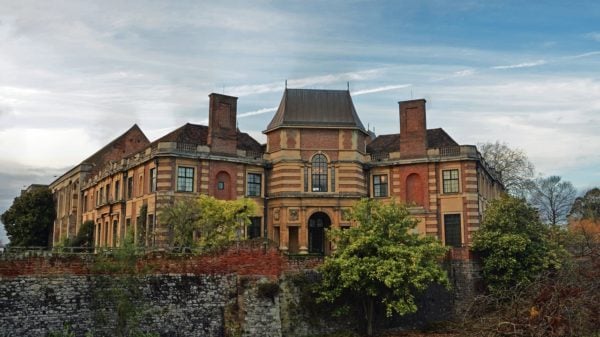A couple of years ago, more than 32,000 individuals tried to luck in the lottery for visitation in the Newgrange passage tomb during the mornings of the winter solstice. Sadly there were only less than a hundred were picked.
Ireland’s Pride
It was named by the United Nations Educational, Scientific, and Cultural Organization (UNESCO) as the biggest and most crucial of prehistoric megalithic art. The Brú na Bóinne, a world heritage location, was created just less than an hour drive from northern Dublin. The tourism board of Ireland also named this attraction as their Ancient East.
There are three huge burial mounds, Dowth, Newgrange, and Knowth. Surprisingly, the valley remains fertile even today, just as it was when the structures were constructed using stones, bones, and wood as main materials. The erection was done by the farming group back in 3,200 BCE. It was about 500 years prior to the creation of the pyramids of Giza. Newgrange is the most popular among them.
The grass-covered hump occupied about an acre of the field. The sleek exterior contradicts the peculiar hidden rooms inside. There were only a couple of them available for viewing to the public.
House Of The Dead
The passage to the tombs grew rapidly all over the west of Europe during the Neolithic era, which linked immortality to the old communities. The houses were built very simple, it used short-lived stuff like clay and wood. But for the house of the dead, they made them in a way that would last long.
As it progressed gradually became more advanced, it had solar alignments. The scope developed too. In their time, they were known as the world’s biggest monuments. However, UNESCO had a reason for stating that the passage tomb is created to its excellent expression.
Roughly 11% of the passage grave has a considerable solar alignment. But only Newgrange is special in that it is the sole structure that had a unique entrance that enabled the sunlight to get in.
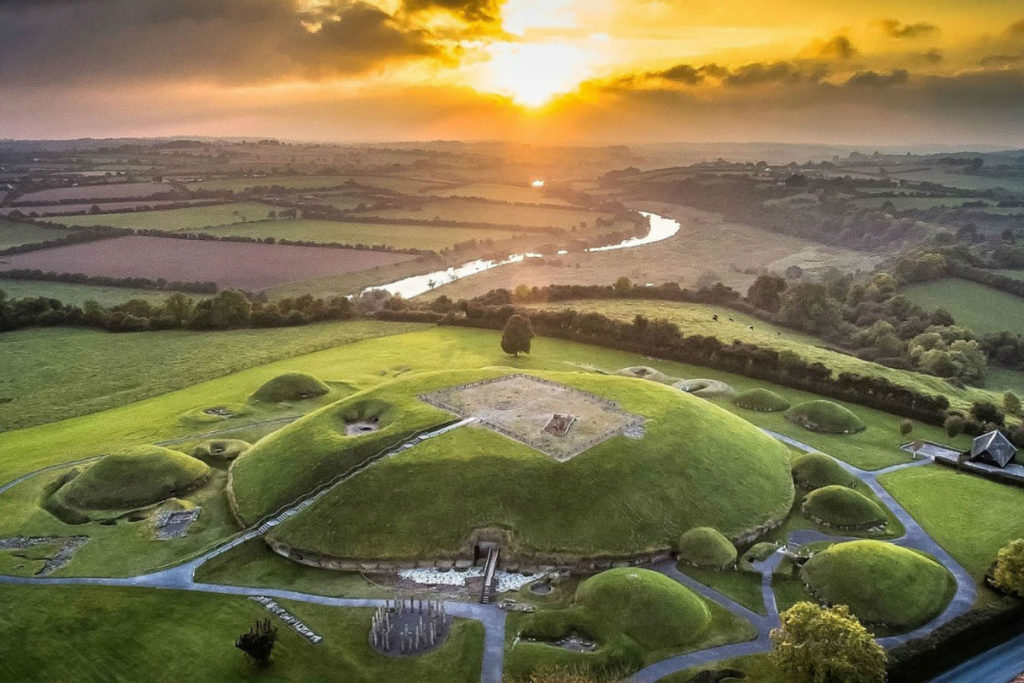
Ireland’s fascinating achievement of Stone-Age construction.
The Ancient Temple
Several archeologists labeled Newgrange as a passage grave. But it is now known to be more than that. Some would acknowledge it as the ancient temple since it is more fitting, being an area of spiritual, astrological, ceremonial, and religious importance. It is almost similar to modern-day churches, where they’re considered places of worship and prestige and the venue where dignitaries are normally laid to rest.
The place is shaped like an enormous kidney sitting over a vast land. The lengthy inner route goes directly to a cruciform room that has a corbelled ceiling. The effort and time used in building the structure presents a systematic community with specific teams designated for various elements of construction.
Sometime later, the structure was draining the community’s resources, which brought them to a decision to simply stop the construction. There were new ideas created, and people had different visions of how to be buried. Hence, the tradition evolved. Sadly, the monuments were deserted but still revered. Newgrange was closed following its original operation was terminated.


